Psalms 126 Artwork
"When the LORD turned again the captivity of Zion, we were like them that dream." - Psalms 126:1-6
Explore Psalms 126 through paintings, pictures, drawings, digital art, illustrations, wallpapers, photos, prints & more.

Psalms 126:5 - "They that sow in tears shall reap in joy."

Psalms 126:4 - "Turn again our captivity, O LORD, as the streams in the south."

Psalms 119:126 - "It is time for thee, LORD, to work: for they have made void thy law."

Psalms 126:3 - "The LORD hath done great things for us; whereof we are glad."

Psalms 126:1 - "When the LORD turned again the captivity of Zion, we were like them that dream."

Psalms 126:2 - "Then was our mouth filled with laughter, and our tongue with singing: then said they among the heathen, The LORD hath done great things for them."

Psalms 126:6 - "He that goeth forth and weepeth, bearing precious seed, shall doubtless come again with rejoicing, bringing his sheaves with him."
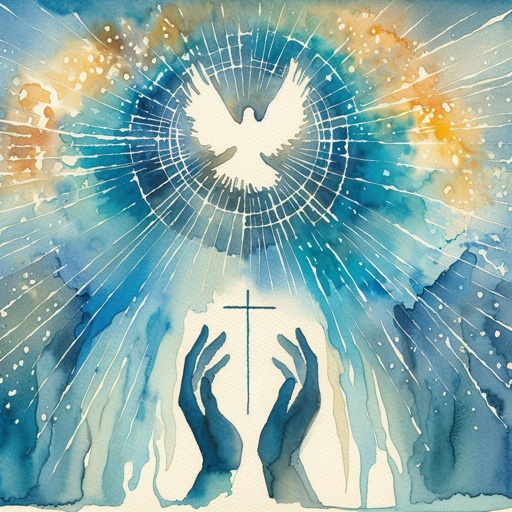
Psalms 145
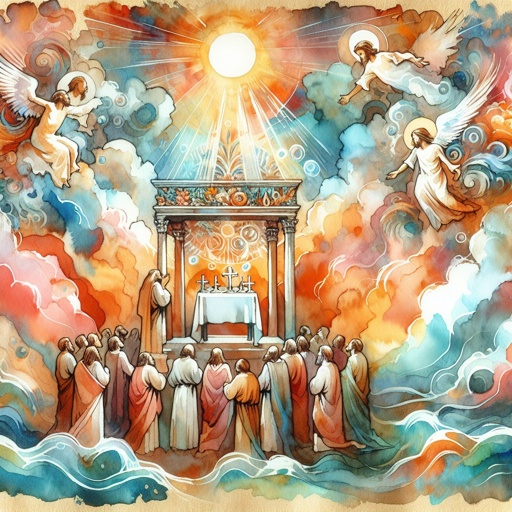
Psalms 145
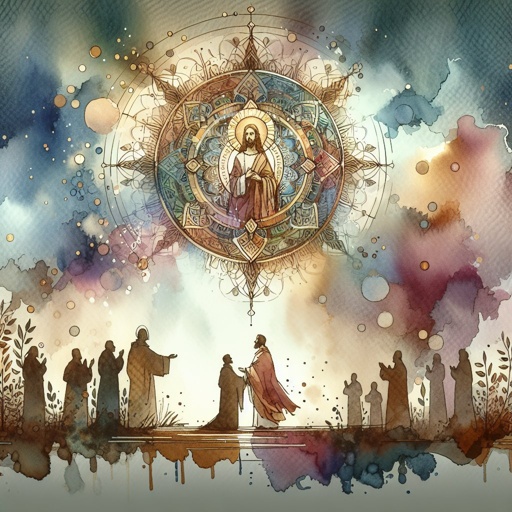
Psalms 145

Psalm 126:5-6 - "Those who sow with tears will reap with songs of joy. Those who go out weeping, carrying seed to sow, will return with songs of joy, carrying sheaves with them."
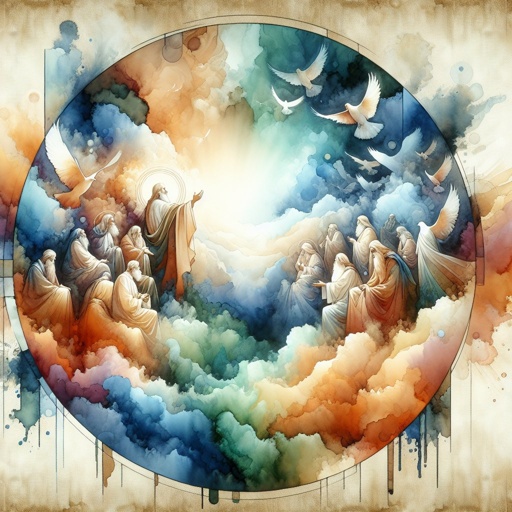
Psalms 145

Psalms 107:9

Psalms 145

Psalms 98:5 - "Sing unto the LORD with the harp; with the harp, and the voice of a psalm."

Psalms 81:2 - "Take a psalm, and bring hither the timbrel, the pleasant harp with the psaltery."

Psalm 126:1-3 - "When the Lord restored the fortunes of Zion, we were like those who dreamed. Our mouths were filled with laughter, our tongues with songs of joy. Then it was said among the nations, "The Lord has done great things for them." The Lord has done great things for us, and we are filled with joy."
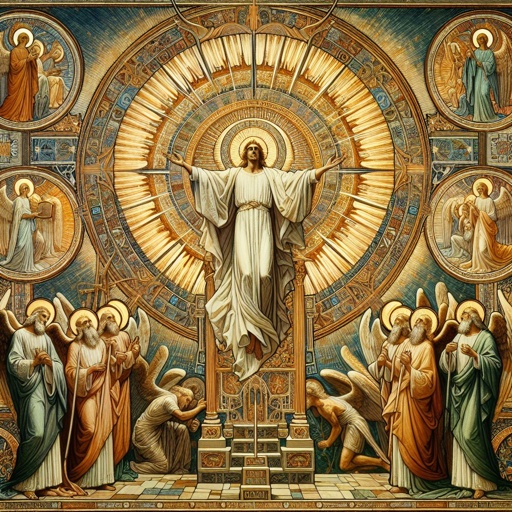
Psalms 111:3 - "His work is honourable and glorious: and his righteousness endureth for ever."
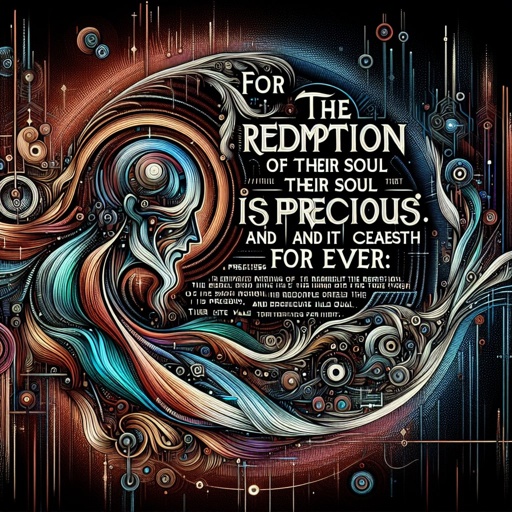
Psalms 49:8 - "(For the redemption of their soul is precious, and it ceaseth for ever:)"
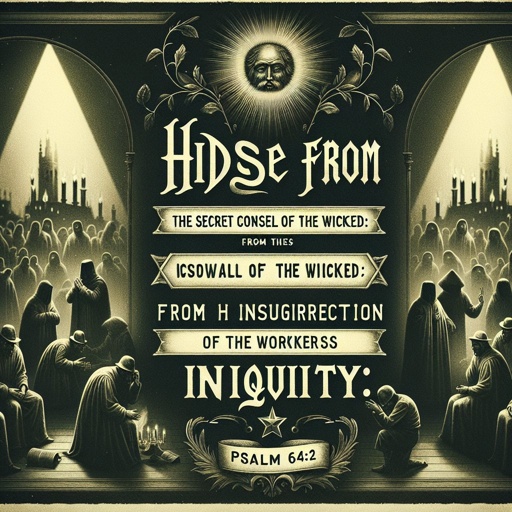
Psalms 64:2 - "Hide me from the secret counsel of the wicked; from the insurrection of the workers of iniquity:"

Psalms 128:1 - "Blessed is every one that feareth the LORD; that walketh in his ways."

Psalms 17:5 - "Hold up my goings in thy paths, that my footsteps slip not."

Psalms 122:1 - "I was glad when they said unto me, Let us go into the house of the LORD."

Psalms 105:35 - "And did eat up all the herbs in their land, and devoured the fruit of their ground."
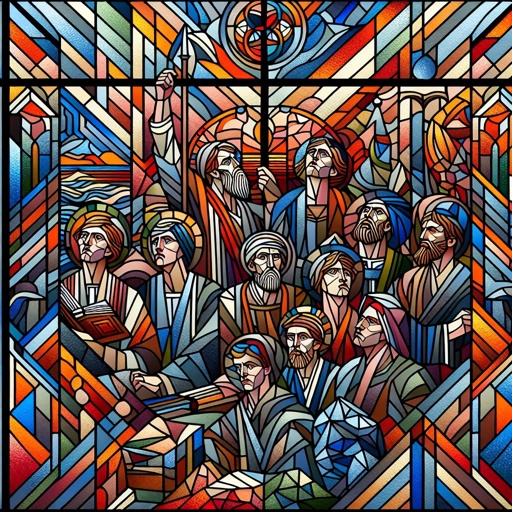
Psalms 115:2 - "Wherefore should the heathen say, Where is now their God?"
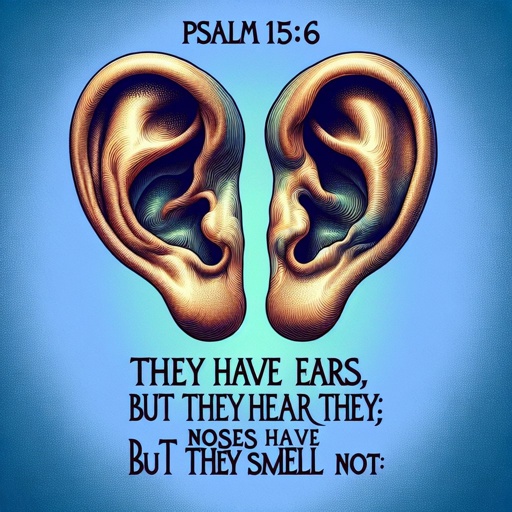
Psalms 115:6 - "They have ears, but they hear not: noses have they, but they smell not:"
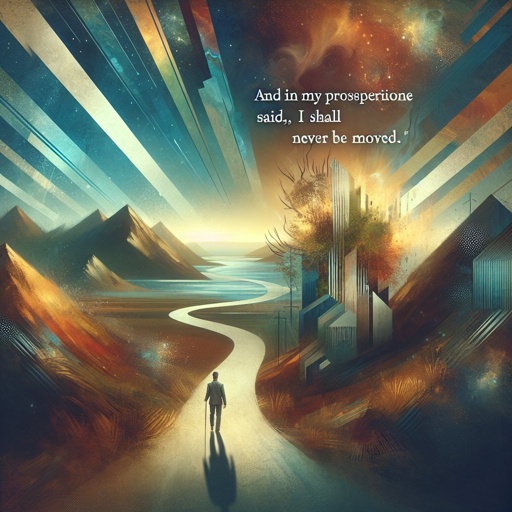
Psalms 30:6 - "And in my prosperity I said, I shall never be moved."

Psalms 136:18 - "And slew famous kings: for his mercy endureth for ever:"

Psalms 136:21 - "And gave their land for an heritage: for his mercy endureth for ever:"

Psalms 22:18 - "They part my garments among them, and cast lots upon my vesture."